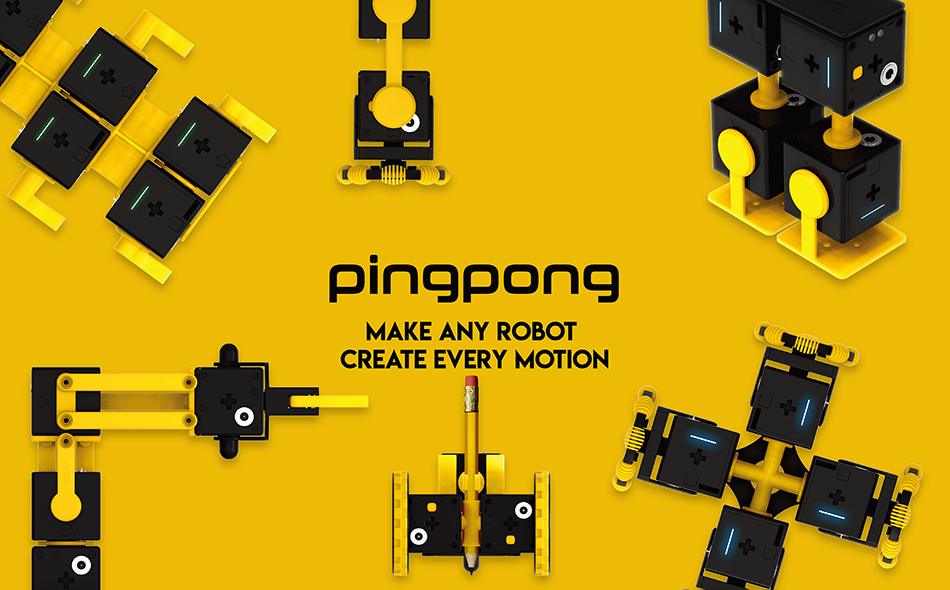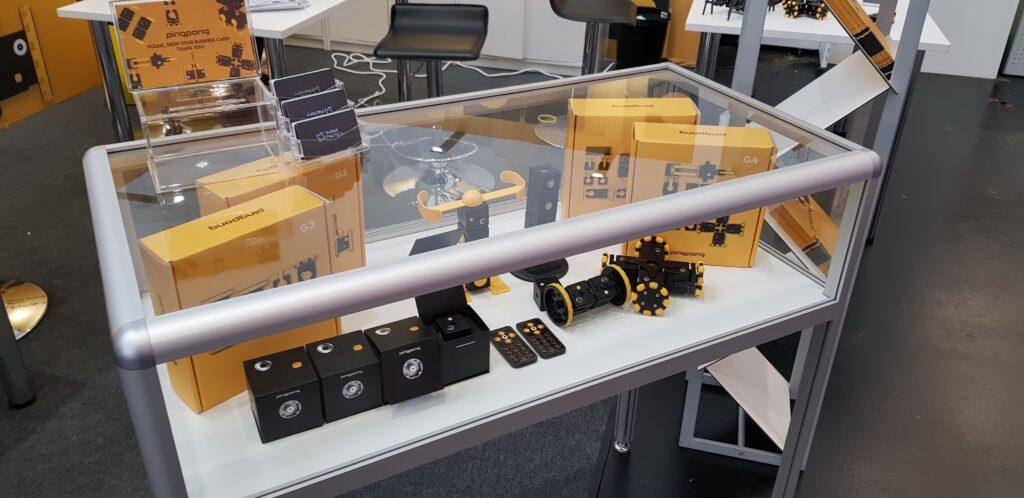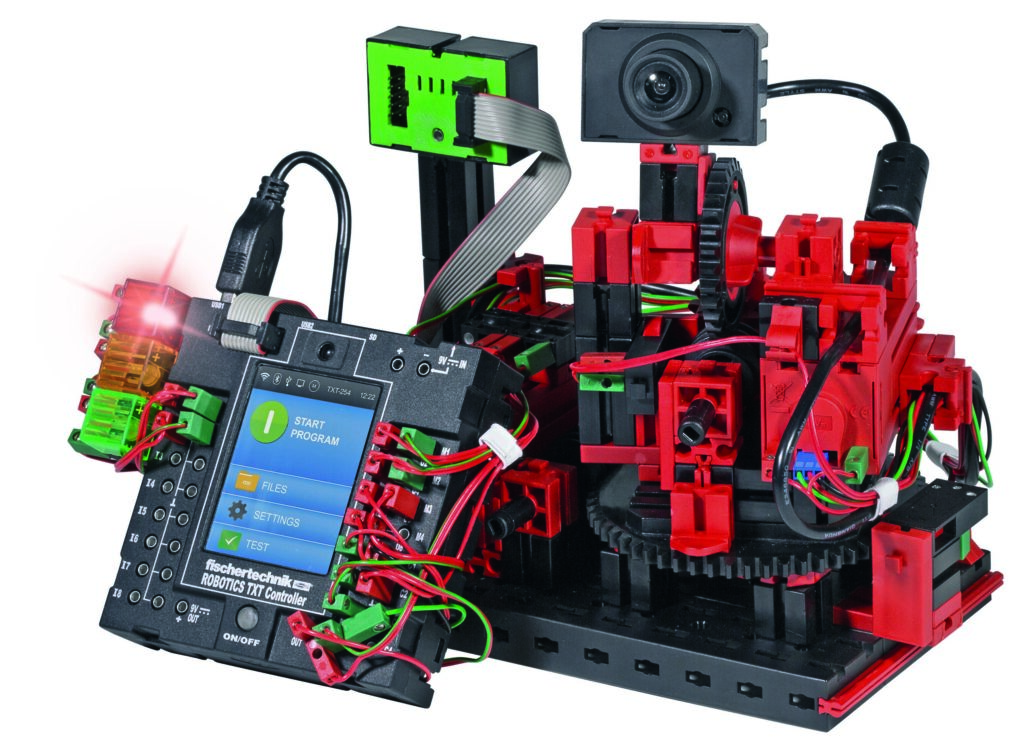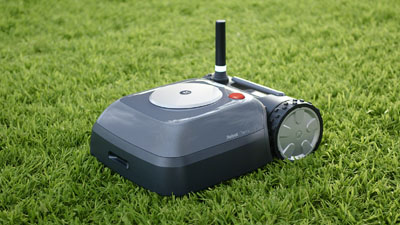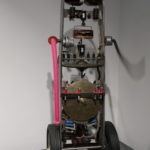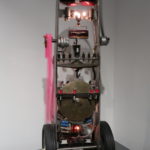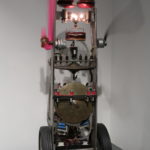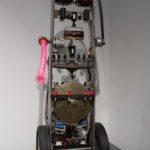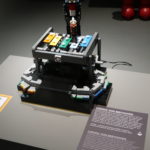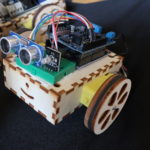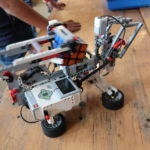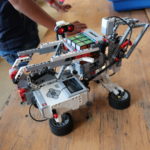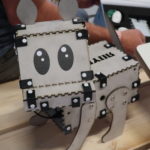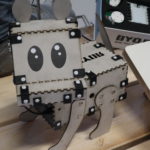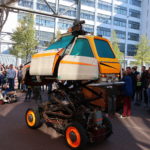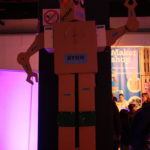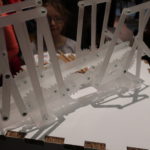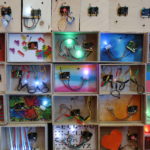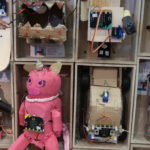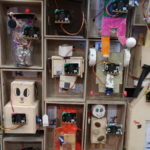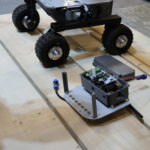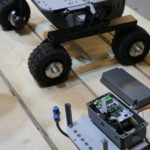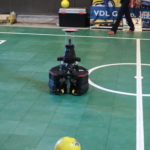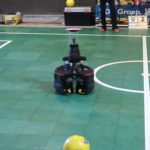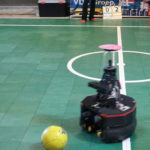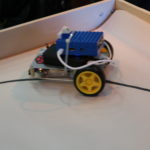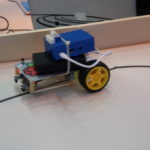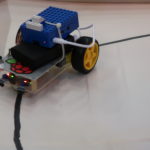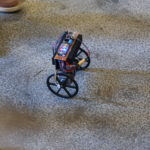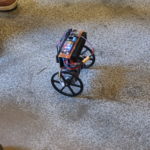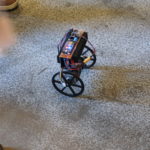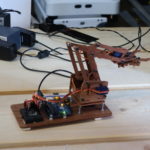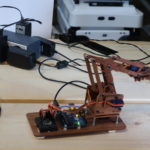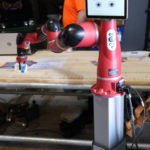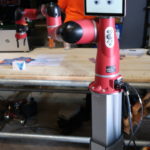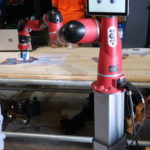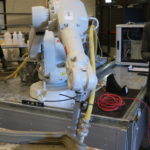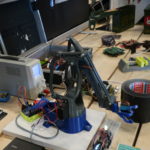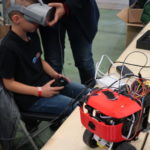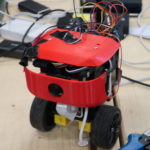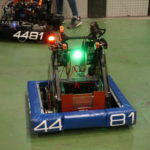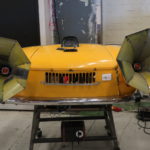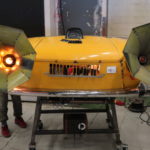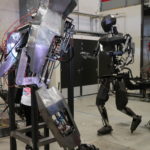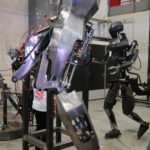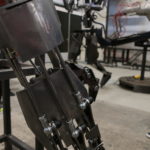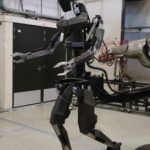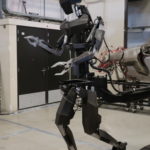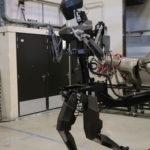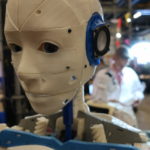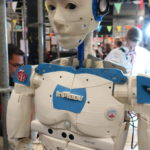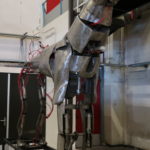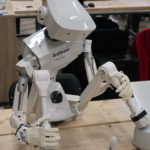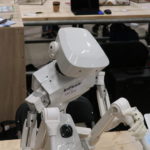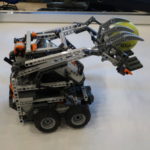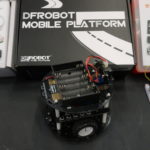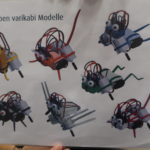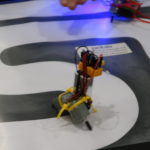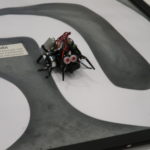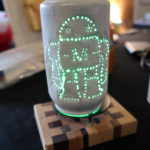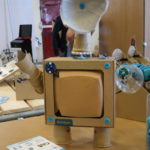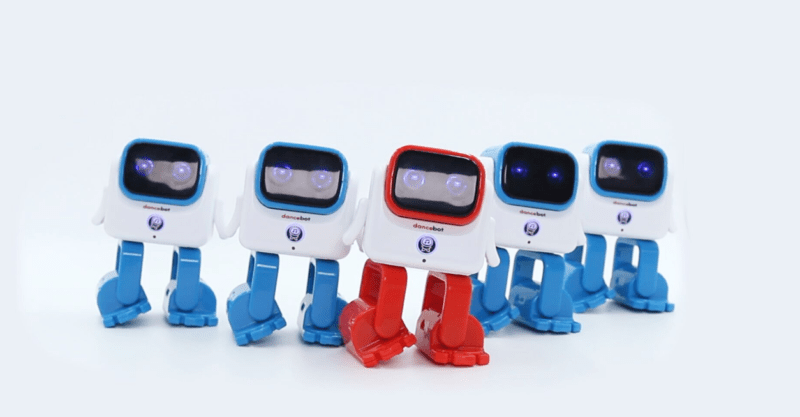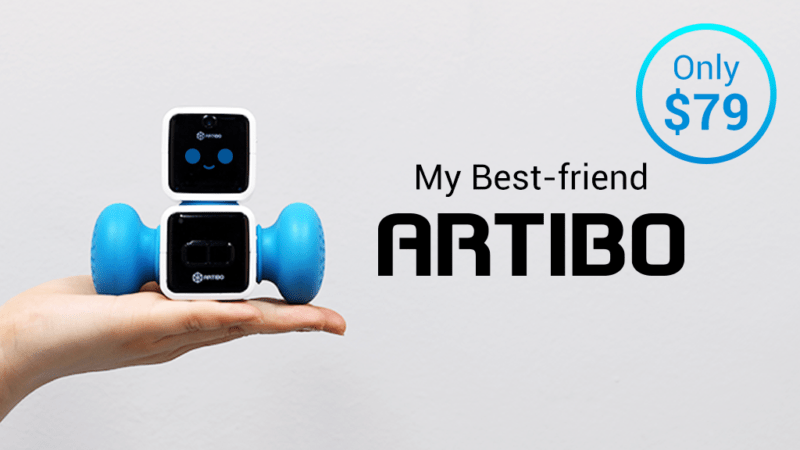iRobot Brings Memory and Hands-Free Cleaning to Roomba® i7+ with Clean Base™ Automatic Dirt Disposal
BEDFORD, Mass., Sept. 6, 2018 /PRNewswire/ — Imagine a robot vacuum that not only remembers a home’s floor plan and cleans specific rooms by name – but also automatically empties itself. iRobot Corp. (NASDAQ: IRBT), the leader in consumer robots, today announced the Roomba® i7+ robot vacuum with Clean Base™ Automatic Dirt Disposal. The Roomba i7+ brings a new level of intelligence and automation to robotic vacuum cleaners with the ability to learn, map and adapt to a home’s floor plan. Introducing Imprint™ Smart Mapping, the Roomba i7+ remembers multiple floor plans and room names so users can customize cleaning jobs and direct the robot to clean specific rooms by voice1 or via the iRobot HOME App. When the Roomba i7+ robot vacuum is finished cleaning, it empties its own dust bin into the Clean Base™, which holds 30 bins of dirt, allowing customers to forget about vacuuming for weeks at a time.
Experience the interactive Multichannel News Release here: https://www.multivu.com/players/English/8234051-irobot-roomba-i7-plus/
„With the ability to learn, adapt to and remember a home’s floor plan, and the introduction of automatic dirt disposal, the iRobot Roomba i7+ represents the most advanced robotic vacuum ever built,“ said Colin Angle, chairman and CEO of iRobot. „This robot delivers on the original vision we had when we embarked on the journey to build a vacuuming robot almost 20 years ago.“
Knows your home’s floor plan. Understands your command.
Ushering in a new era of consumer robots, the Roomba i7+ allows customers to clean specific rooms in the home. Using Imprint™ Smart Mapping, the Roomba i7+ gets to know the home’s floor plan, giving customers total control to choose which rooms are cleaned and when. The robot learns every room – remembering up to 10 different floor plans – so users can carry their robot to another floor or a separate home, where the robot will recognize its location and clean as instructed. iRobot’s patented iAdapt® 3.0 Navigation with vSLAM® technology helps the Roomba i7+ seamlessly and efficiently navigate the home by keeping track of where it’s been and where it has yet to clean. The Roomba i7+ also adapts to changing home environments, so it always knows the best way to clean.
The Roomba i7+ works with Alexa™ enabled devices and the Google Assistant, and is the only robot vacuum that lets users clean specific rooms by name with a voice command1. For example, just say, „Alexa, ask Roomba to clean my kitchen,“ or „Hey Google, clean the living room,“ and the Roomba i7+ will efficiently find its way to the appropriate room to clean. Once finished, the robot will return to its base to charge and automatically empty its contents when paired with the Clean Base™ Automatic Dirt Disposal.
Empties on its own.
The iRobot Roomba® i7+ robot vacuum takes convenience to a whole new level with the first-of-its-kind Clean Base™ Automatic Dirt Disposal, which automatically empties the contents of the Roomba i7+ dust bin into the Clean Base. Doubling as the robot’s charging station, the Clean Base takes the dirty work out of vacuuming, storing debris in an enclosed bag, and trapping dirt and dust so it can’t escape into the air. When the bag is full, the user is notified via the iRobot HOME App. Then they simply pull it out of the Clean Base and replace with a new one. The bag can hold 30 bins of debris, so users don’t have to think about vacuuming for weeks at a time.
„iRobot is addressing a long-standing customer call by giving Roomba the ability to empty its own bin after each cleaning,“ said Christian Cerda, COO of iRobot. „This enhances the customer experience by eliminating the dusty and dirty mess often associated with emptying vacuum canisters. With the ability to remember the home, clean specific rooms and empty itself when its finished, the Roomba i7+ with Clean Base Automatic Dirt Disposal quite literally frees customers from every aspect of vacuuming – from start to finish – for weeks at a time.“
Introducing the Roomba® e5 Robot Vacuum.
iRobot also introduced the Roomba® e5 robot vacuum. Starting at $449, customers can enjoy the luxury of automated cleaning at a more accessible price. The Roomba® e5 is packed with innovative technologies that work together for a clean home every day. It starts with the premium 3-Stage Cleaning System and Dual Multi-Surface Rubber Brushes. The specially designed Edge-Sweeping Brush focuses on dirt that accumulates around edges and corners. Smart navigation and Dirt Detect™ technology work together to cover a floor and focus on the areas that need it most. And because it’s Wi-Fi® connected, users can control and schedule cleanings on the Roomba e5 with the iRobot HOME App, or using their voice when paired with Alexa™ enabled devices or the Google Assistant.
Powerful performance, intelligent clean.
iRobot is the only leading robot vacuum brand with robots that have two Multi-Surface Rubber Brushes that work together to effectively clean both carpets and hard floors2. The Roomba i7+ and Roomba e5 robots will automatically adjust the height of the cleaning head so the two brushes can directly engage with the floor. One brush loosens and agitates dirt and the other moves in the opposite direction to extract and pull dirt in. And instead of bristles, which can bend and miss dirt, the flexible rubber brushes hug the floor to clean everything from small particles, like dust and dirt, to hair and large debris.
Featuring a low-profile design to clean under furniture and along toe kicks, the Roomba i7+ and Roomba e5 robots use a High-Efficiency Filter to capture 99 percent of pollen, mold, dust mites, and cat and dog allergens.
Leveraging Dirt Detect™ Technology – an iRobot patented feature – the Roomba i7+ and Roomba e5 robots are always looking for the places that need the most attention. Sensors in the robot recognize particularly dirty areas, such as sand near a doorway entrance, and prompt the robot to clean them more thoroughly. Once the Roomba i7+ robot is finished cleaning, users can view Clean Map™ reports in the iRobot HOME App to see where the robot cleaned and other details3.
Pricing and Availability
The Roomba i7+ robot vacuum with Clean Base™ Automatic Dirt Disposal is available for pre-sale immediately in the U.S. and Canada starting at $949 USD on www.irobot.com, with shipments beginning Wednesday, September 12. The Roomba i7+ will be available at select retailers beginning in October. The Roomba i7 robot vacuum can also be purchased without the Clean Base™ starting at $699 USD on www.irobot.com. The Clean Base™ Automatic Dirt Disposal sold separately will retail for $299 USD. Additional Dirt Disposal Bags can be purchased for $14.99 for a pack of three bags. The Roomba i7+ with Clean Base™ Automatic Dirt Disposal is expected to be available in certain international markets in Q1 2019.
The Roomba e5 robot vacuum starts at $449 USD and will be available on www.irobot.com in the U.S. and Canada beginning Wednesday, September 12.
